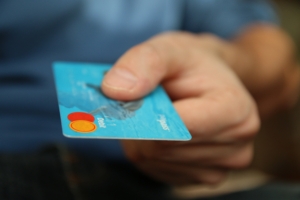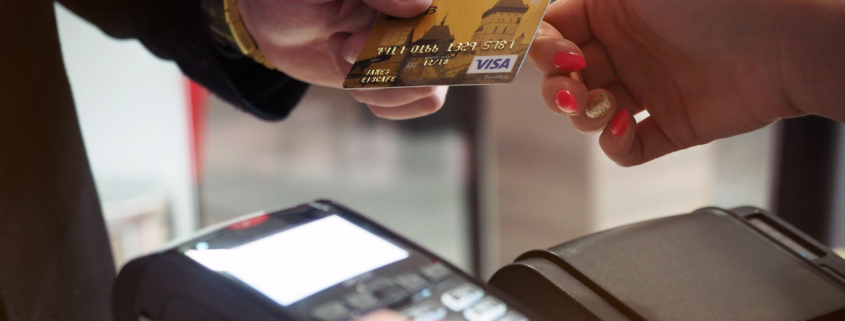Checking for errors on your credit report
Checking for errors on your credit report
Why check your credit report?
A Credit Report is a summary of all the Trade Lines or credit Relations you have undertaken with all the registered Financing Institutions.
A Trade Line is created at the moment you are first granted credit from any of the registered financial institutions. Also when you apply for credit for the first time a Credit Report will be created even if you are not accepted for credit – this will list only an inquiry, but not a trade line.
Financial Institutions or Lenders will send information about your accounts to the credit bureaus, also known as credit reporting agencies. A Credit report is a collection of all the dealings/trade lines you have had with any said financial institutions. It will show how good or bad you have managed your credit. If the Lender is reviewing a file and the information showing turns out to be incorrect, then decision would be conducted with faulty information. If there’s an error on your credit report, a lender may turn you down for credit cards or loans, or charge you a higher interest rate. You may also not be able to rent a house or apartment or get a job.
Click Here if You Want to Build Your Credit – Get Your Dream Car Today!

Apart from errors creating the basis for an unsatisfactory dealing and result, the errors could also be a sign that someone is trying to steal your identity. They may be trying to open credit cards, mortgages or other loans under your name.
It is for the above mentioned reasons that we believe that Credit Reports should be checked regularly. A yearly check might be a good decision.
What errors could be on your credit report
Once you get your report, check for:
- name, address, date of birth, employer and occupation.
- errors in credit card and loan accounts, such as amounts, balances, payment amount, date open etc.
- negative information about your accounts that is still listed after the maximum number of years it’s allowed to stay on your report
- Make sure you are aware of all the trade lines existing there. If you see a RBC card and you never had a dealing with RBC, it is time to worry. Chances are these accounts would be in arrears.
Keep in mind that negative information does not disappear from your credit report because you paid it off. The negative information stays there for some time. Checking these trade lines would be the way to inform yourself on what might have been negatively affecting you.
Look for accounts that don’t belong to you on your credit report. Accounts that you don’t recognize could mean that someone has applied for a credit card, line of credit, mortgage or other loan under your name. It could also just be an administrative error. Make sure it’s not fraud or identity theft by taking the steps to have it corrected.

Photo by on Pexels
Steps if Fraud Suspected
If you find an error on your credit report, you should contact lenders and any other organizations that could be affected. Tell them about the potential fraud.
If it’s fraud, you should:
- contact Equifax Canada and TransUnion Canada to inform them about the fraud
- ask to put a fraud alert on your credit report
- report it to the Canadian Anti-fraud Centre
The Canadian Anti-Fraud Centre is the central agency in Canada that collects information and criminal intelligence on fraud and identity theft.
If you are certain that the information is wrong then we strongly suggest that add a Fraud Alert (warning) in your Credit Reports. A fraud alert, or identity verification alert, tells lenders to contact you and confirm your identity before they approve any applications for credit. The aim is to prevent any further fraud from happening.
Ask the credit bureaus to put a fraud alert on your credit report if:
- you’ve been a victim of fraud
- your wallet has been stolen
- you’ve had a home break-in
You may need to provide identification and a sworn statement to prove that you’ve been a victim of fraud.
Your Rights
You have the right to dispute any information on your credit report that you believe is wrong. Additionally, you can ask the credit bureaus to correct errors for free. Always support your case by gathering receipts, statements and other documents related to your credit accounts. This is since you may need them to prove your claim. Crucially, you need to report to both Equifax & Transunion, since different lenders use different platforms. Before the credit bureau can change the information on your credit report, it will need to investigate your claim. First, it will check your claim with the lender that originally reported the information. If the lender agrees that there is an error, the credit bureau will update your credit report. However, if the lender disputes your claim – and instead suggests it is correct, the bureaus will leave your credit report unchanged.
The second step would be to contact the lender that reported the information. It will not be an easy process and you need to understand that the Lender will require a lot of things in order to believe your claim. They will have to compare the information they have and the one you are suggesting to them. Importantly, you should ask to speak with someone at a higher level at the credit bureau or at your financial institution if you’re not satisfied with the results of the investigation.

Photo by on Pexels
Complaints
Federally regulated financial institutions must have a complaint-handling procedure to help resolve disputes between consumers and their financial institutions. This procedure includes a third-party dispute-resolution body.
Assuming that the credit bureau confirms the information is accurate but you’re still not satisfied, you can submit a brief statement to your credit report explaining your position. It’s free to add a consumer statement to your credit report. TransUnion lets you add a statement of up to 100 words, or 200 words in Saskatchewan. Equifax lets you add a statement of up to 400 characters to your credit report.
Lenders and others who review your credit report may consider your consumer statement when they make their decisions.
Click Here if You Want to Build Your Credit – Get Your Dream Car Today!










